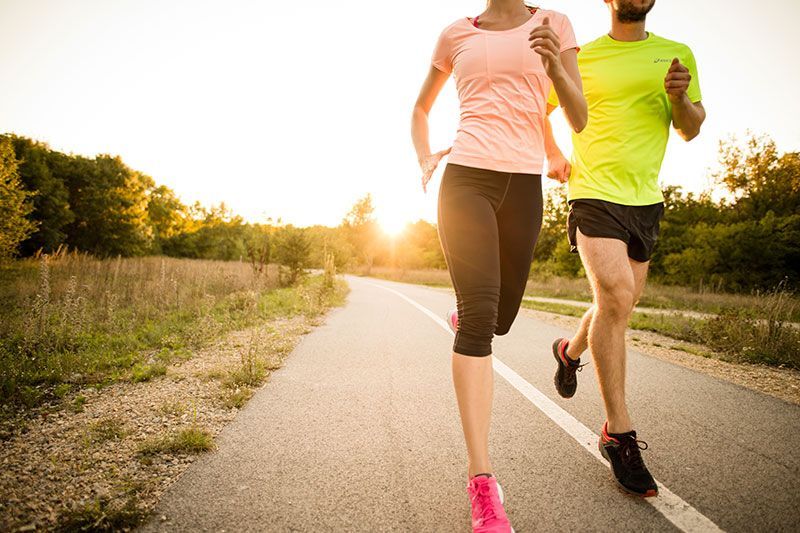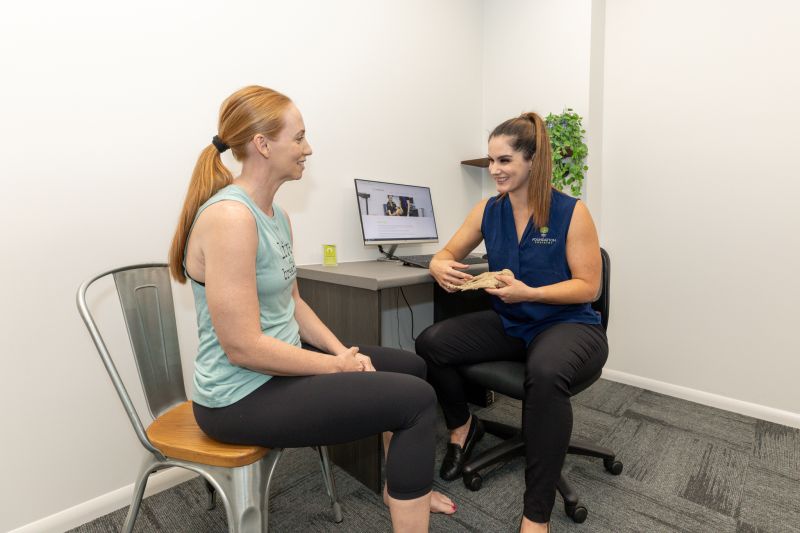More pages in this section
Knee Pain in Children (Osgood Schlatters)
Osgood Schlatter disease is a condition that causes knee pain in sporty adolescents between ages of 10 -15 years.
As scary as the name may sound, it is not a disease, but an overuse condition. This condition is more common in boys than girls, however as girls are participating more in sport it is now happening more frequently in girls. Usually only one knee is affected but sometimes it can affect both knees.
In children between the ages of 10-15 there is a growth plate below the tibial tuberosity (small bone on the top of the shin bone where the patella tendon inserts into). As children participate in sport, lots of stress and load goes through the patella tendon into the growth plate, which in some children causes pain and swelling of the growth plate. (A growth plate is a layer of cartilage usually found at the end of a bone, allowing the bone to grow in length. It is weaker and more vulnerable to injury than the rest of the bone. When the child has finished growing the growth plate disappears and the bone becomes one complete bone).
Symptoms of adolescent knee pain
- Gradual onset of pain (versus acute injury)
- Pain and swelling overlying tibial tuberosity (pointy bone below kneecap which patella tendon inserts into)
- Limping after exercise, improves with rest
- Aggravated by running and jumping sports, landing on knee, kneeling
- Tight, painful quadriceps
Causes of Osgood-Schlatters pain
- Rapid growth spurts – femur (thigh) bone grows very quickly while quadricep muscle group is not growing at same rate – this places increased strain/traction of patella tendon into tibial tuberosity which in turn can aggravate the growth plate.
- Tight quadriceps
- High intensity / high impact sports
- Poor lower limb and foot posture (eg. collapsing arches, knock knees)
Treatment for growth plate knee pain
- Reduce physical activity but don’t completely stop
- Quadriceps, calf and hamstring stretches (as long as not too painful)
- Heat pack and heat rubs
- Address biomechanical factors that may be contributing to knee pain (such as collapsing arches and knock knees) – supportive footwear and/or Customised Foot Supports (Orthotics) may be necessary to help settle symptoms.
Osgood Schlatters disease is self-recovering – it will go away completely when the two parts of bony growth join together. There are no known long term complications associated with Osgood Schlatters disease. Unfortunately however, this condition can be very painful and limit the child’s sporting activity while they are waiting for it to go away, in some instances making them feel like ‘throwing in the towel’. Symptoms commonly last for 2-6 months (greatly varies) but often recur on many occasions until the growth plate fuses (particularly when they go through episodes of rapid height growth).
For this reason, ‘telling your child to rest, it will go away on its own eventually’ is poor advice. Ask yourself, why would you let your child go through pain for weeks, months and in some instances years, when the pain can be easily managed or resolved. Between the ages of 7-15, it is most important for children to be participating in sport to develop motor co-ordination, balance, fitness and social skills.
If your child is experiencing knee pain or you are concerned about their gait or foot posture, don’t hesitate, give Foundation Podiatry a call today!









